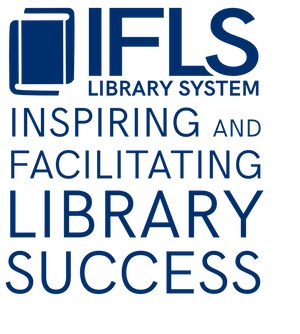2. After Mary’s mother becomes Unconsecrated, Mary claims that she no longer believes in God. In what other things does Mary have faith? Does Mary’s faith ultimately lead to positive results for her? How is her faith challenged throughout the book?
3. Sister Tabitha takes Mary in to live with the Sisterhood after her mother dies. After Mary tells Tabitha she has no choice but to join the Sisterhood, Tabitha takes Mary to a hidden clearing in the Forest of Hands and Teeth where Mary is almost attacked by the Unconsecrated. As she does so, she says, “There is always a choice.” What does that mean, especially given the choice Mary’s mother makes? Discuss a situation in your life where you felt as though you didn’t have a choice about your actions. Looking back, did you have another choice?
4. Throughout the book, one of the major struggles Mary faces is in dealing with her desire for Travis. In what ways does this forbidden attraction complicate other problems in the book? Is Travis right when, near the end of the story, he tells Mary that she would not have been happy, even with him?
5. Mary’s brother Jed is at first angry with her for her failures to protect their mother from the Unconsecrated. At a certain point in the book, Jed must also make a difficult decision about someone he loves. How does this decision change his opinions about what Mary did? How does Mary respond to Jed’s choices in that situation?
6. Gabrielle, the Outsider, plays an important part in the story. Why do you believe she was allowed to become Unconsecrated? What does this reveal about the real motives of the Sisterhood? How does the choice made by the Sisterhood to cast out Gabrielle affect the safety of the village? Discuss, generally, how the structures of life in the village made it more difficult for them to survive the final attack by the Unconsecrated.
7. How do the characters of Jacob and Argos affect the escape of the main characters from the village? Was bringing them along the right choice? Was bringing them along avoidable?
8. As the story progresses, the Roman numerals used at the beginning of each chapter become important. For example, Mary finds a note Gabrielle has written with the Roman numeral XIV – fourteen – written on it. In Chapter XIV, Gabrielle, now Unconsecrated, leads the army of Unconsecrated in the final attack on Mary’s village. Discuss other places in the story where this meta-textual device is used to heighten tension or create anticipation or foreshadowing. Why do you think Carrie Ryan chose to use the chapter numbers in this way? Have you read another book that used a similar device (for example, Quentin’s gibberish in Alcatraz Versus the Evil Librarians)? How do devices like these keep you involved in the story?

